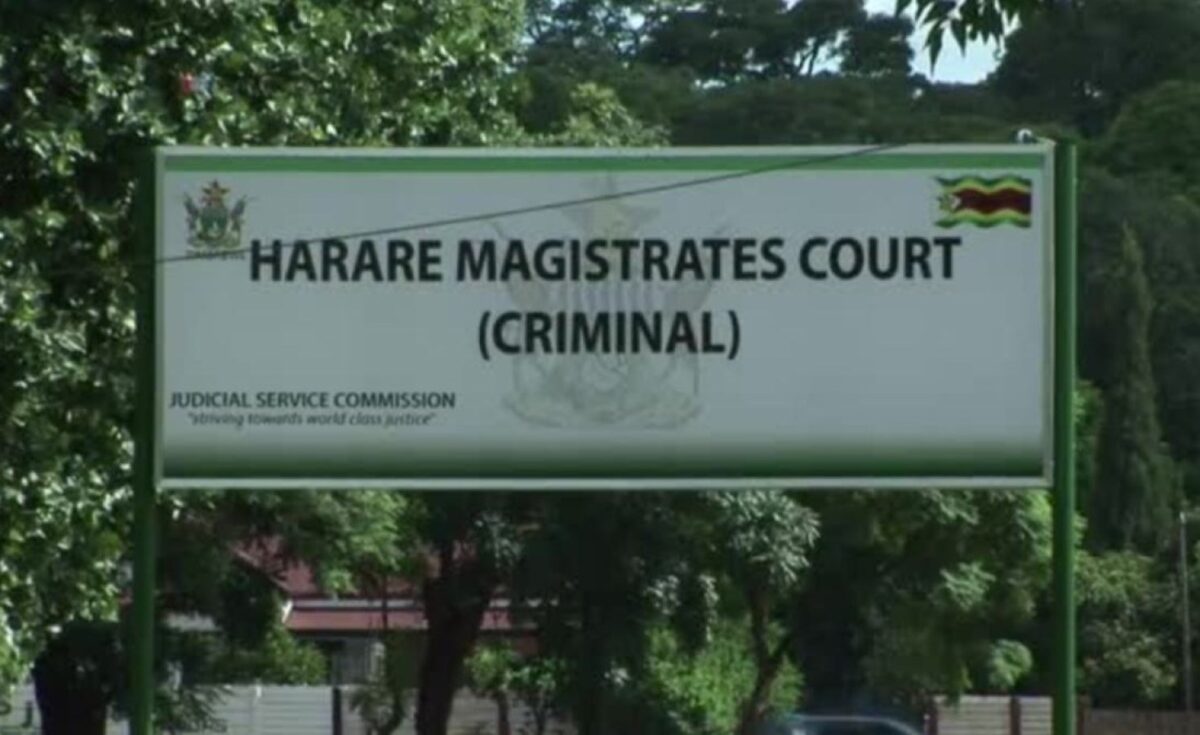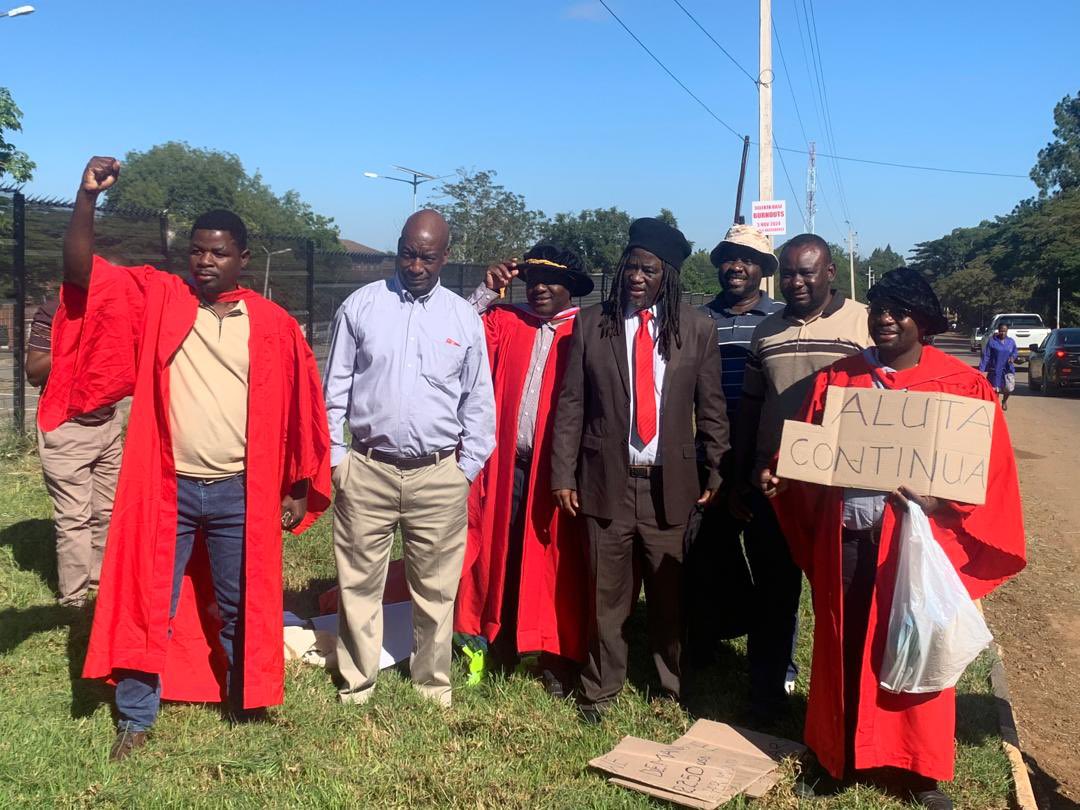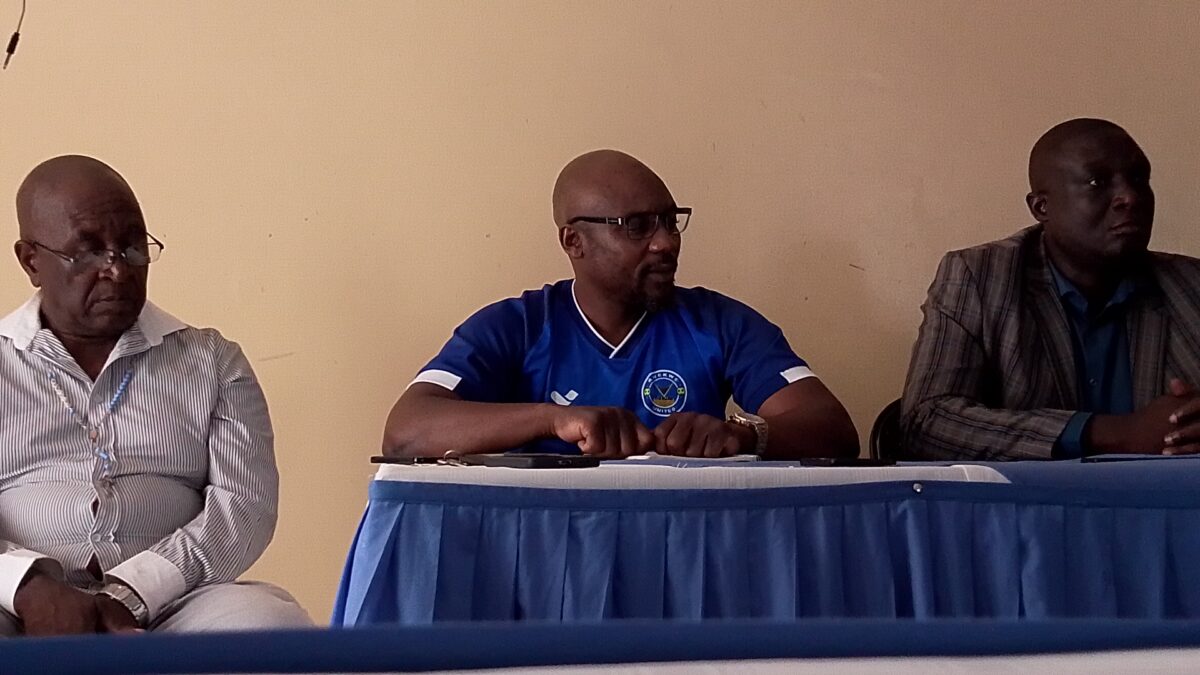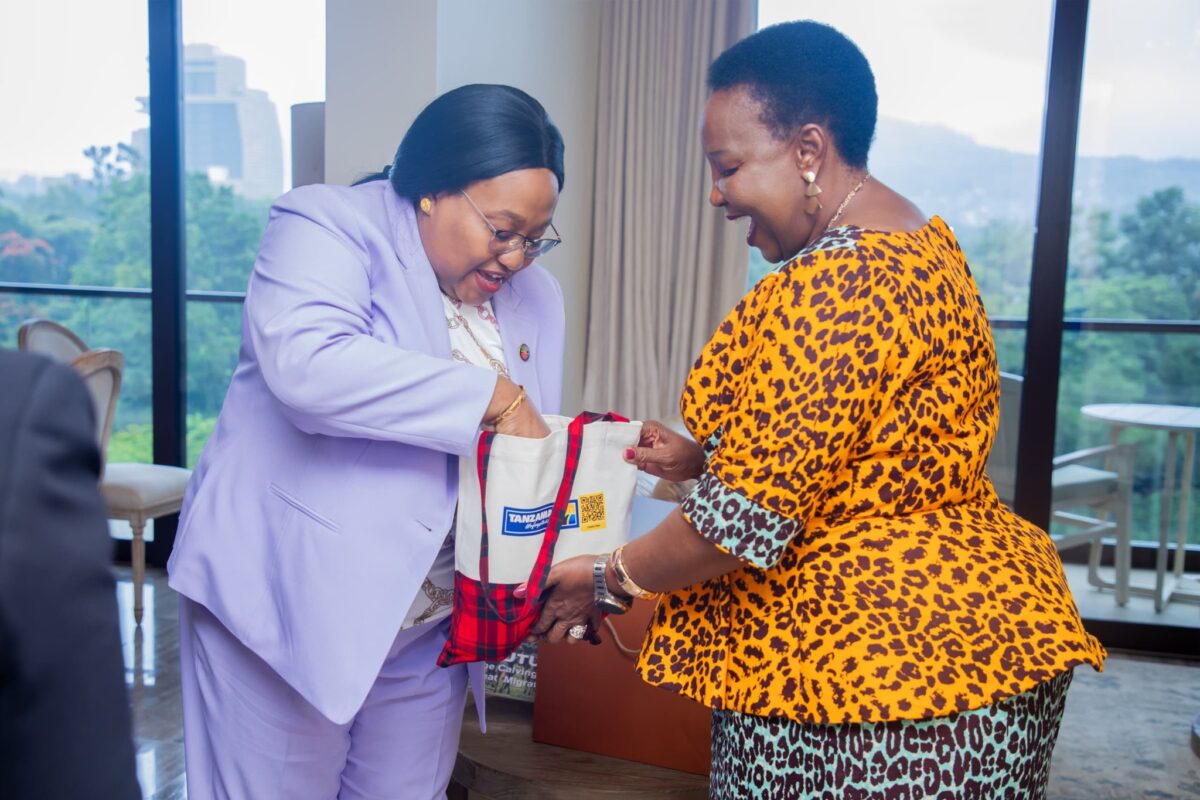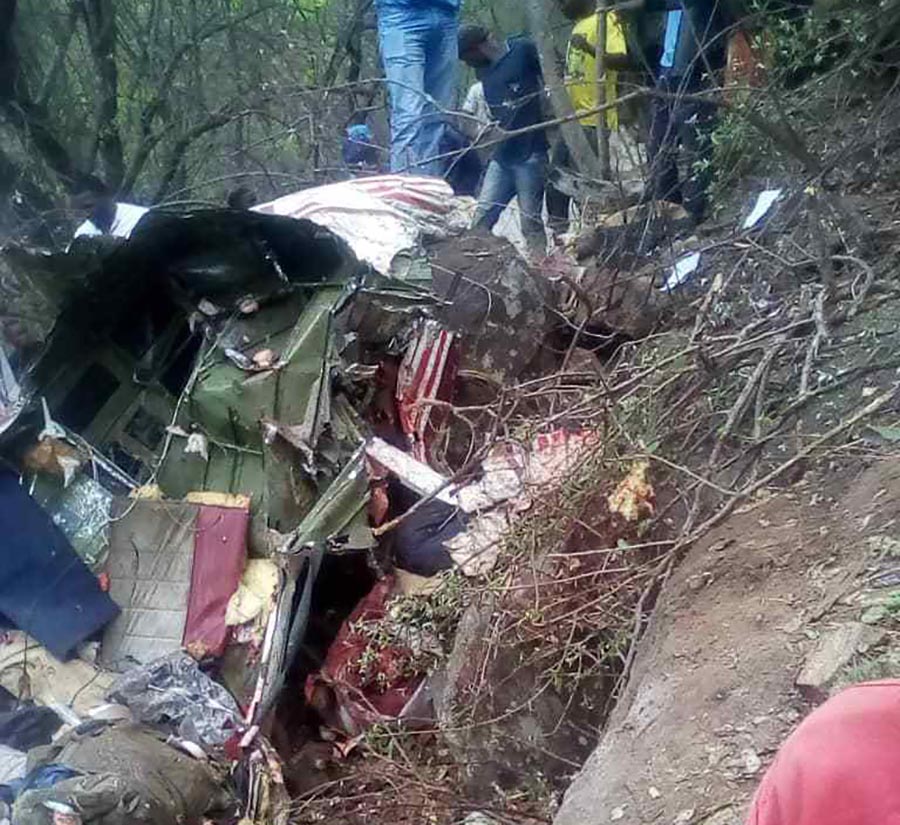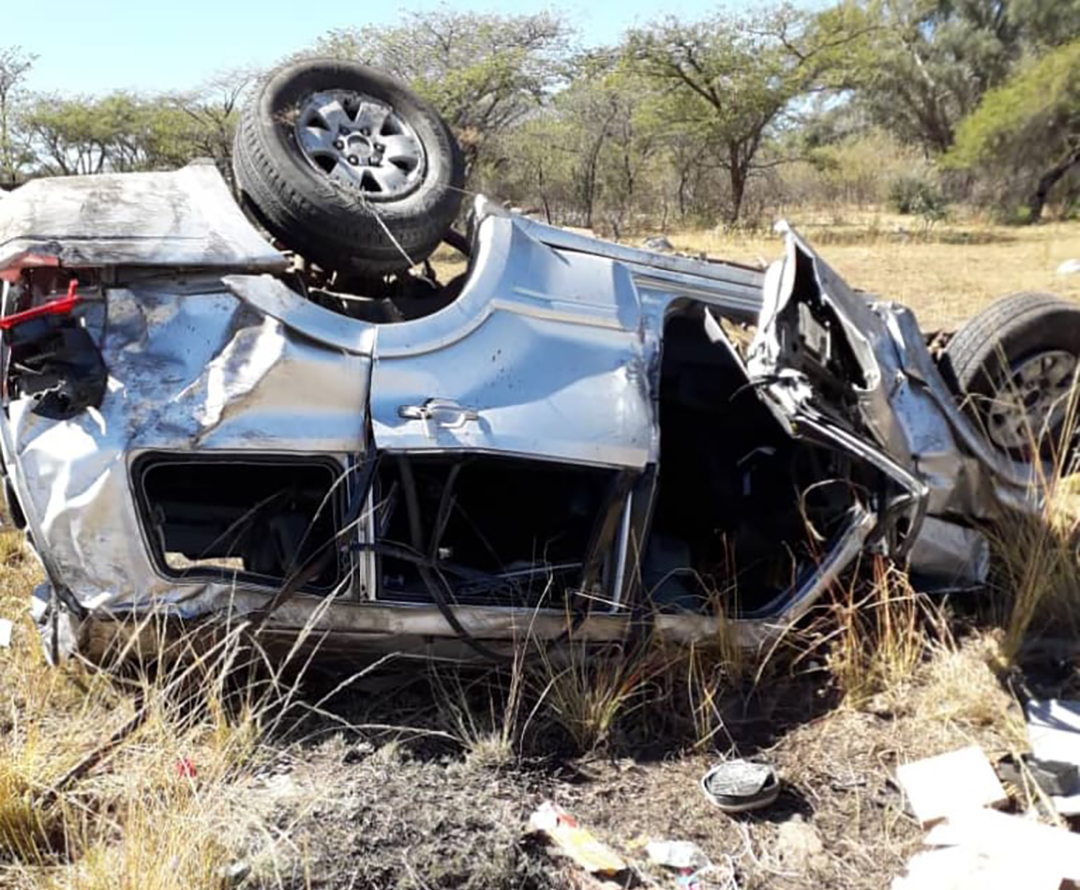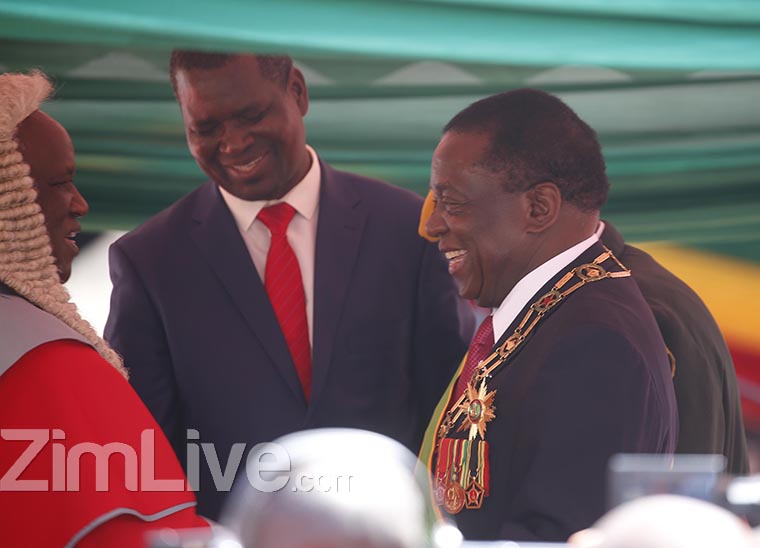HARARE – The Parliamentary ad hoc committee on the analysis of the Zimbabwe Electoral Commission (ZEC)’s preliminary report on the delimitation exercise has raised the flag on the poll management authority’s failure to use the latest census report in its totality when pegging constituency boundaries as well as failure to consult stakeholders fairly in MPs’ candid critique of the controversial poll blueprint.
In its findings presented in the National Assembly on Friday, the committee said the report, which is currently under review by Parliament, did not distribute voters equally across the different constituencies.
The Pupurayi Togarepi headed ad hoc committee pointed out a slew of alleged anomalies which include insufficient information in description of wards, a highly complicated coordinate system, an unspecified map scale, unlabelled wards, polling stations not indicated on the maps, and possible misinterpretation of the minimum and maximum threshold.
The Committee noted that ZEC considered the registered voters’ population and not the total population.
“According to the report, they only used the census preliminary report to correlate the registered voters’ population with the adult population.
“The use of the selective segment of the population census which is referred to as the adult population in the ZEC report is perceived to be a nonconformity to the constitutional values and principles enunciated in section 3 (2) (j) and (k) which relates to the equitable sharing of national resources, including land and devolution funds, respectively.
“A population census measures the entire population including non-voters and children who are also affected by delimitation of electoral boundaries in respect of service delivery,” said the committee.
The Committee noted that the report shows evidence of violations of sections 161 (3) and (4) of the Constitution providing for equal number of voters in the boundaries of Constituencies and wards.
“The Committee observed that this provision was not fully adhered to as there are instances where some constituencies and wards had more registered voters than others within the same province.
“A case in point is Binga district which had 70,988 voters but had the same number of wards with Tsholotsho district which had 38,619 voters, and Bubi district which had 33,295 voters,” it said.
The Committee noted that the report should have provided justifications for collapsing constituencies and wards.
“The collapsing of constituencies and wards affects the legitimate expectations of stakeholders who may be adversely affected by that decision.
“The explanation by ZEC during the oral evidence was that Constituencies with fewer registered voters were collapsed to give in registered voters to the Constituencies which had more numbers of the registered voters.”
The committee said ZEC should ensure that there is an equal number of voters in constituencies or wards as provided for in terms of Section 161 (3) and (4) of the Constitution.
“Where there was a departure from the permissible variance of lower and upper limit of 20%, ZEC should rectify and ensure that it remains within the allowable variance.
“Where collapsing of Constituencies that had more voters was done to give in to those that had fewer voters, it is the Committee’s considered view that ZEC should use the same principle of maintaining those with more votes and collapse those with fewer voters,” it said.
“However, in some instances, the formula was not applied consistently as wards or constituencies with more registered voters were collapsed to boost numbers in wards of constituencies with fewer numbers.
“The case in point is Chikomba Central which had 16,611 voters which was collapsed to cede voters to Chikomba East and Chikomba West which had 14,240 and 30,187, respectively. A similar case was Gutu South with 18,645 voters which was collapsed to cede voters to Gutu Central and Gutu East which had 21,700 and 16,822 voters, respectively.
“ZEC confirmed to the meeting that it was those constituencies with lower voter population which were being collapsed to meet thresholds in bigger constituencies,” the committee said.
The ad hoc committee noted that there was possible misinterpretation by ZEC of the twenty percent variance provision in subsection as some wards and constituencies ended up having a variance of up to 40%.
“This therefore, defeats the spirit of the Constitution in trying to achieve equality of voters,” it said.
The committee also accused ZEC of not doing enough consultations with stakeholders.
“The Committee noted that stakeholder consultations were not fairly done considering that there are certain areas wherein key stakeholders such as traditional leaders were not consulted.
“Section 161(6) (d) of the Constitution provides that when dividing Zimbabwe into wards and constituencies, the Zimbabwe Electoral Commission must, in respect of any area, give due consideration to any community of interest as between registered voters.
“This issue of non-involvement of key stakeholders is drawn in areas wherein registered voters were moved from their traditional leaders.
“To this end, the Committee’s view is that, if stakeholder consultations were widely conducted, the community of interest issues should have been avoided.”
The Committee noted that the coordinate system used by ZEC was too complicated for ordinary citizens to understand.
“It is the Committee’s considered view that ZEC had an option to use a simpler geographic coordinate system that represents location in terms of degrees, minutes, and seconds, such that users can simply enter the coordinates on google maps to identify locations in their respective wards and constituencies.
“ZEC indicated that it used the Geographic and Projected system which is modern and also adopted by other countries in the SADC region.
“The coordinates on the maps are meant for experts while the descriptions were for use by the general public.
“Whilst the coordinate system used by ZEC was in line with new models of mapping in the SADC region, ZEC should have considered other user-friendly methods which can be understood by ordinary citizens.
“In the Committee’s view, it was not prudent to prioritize regional benchmarks without considering the interest of citizens.
“We do not know whether the benchmarks being referred to by ZEC also extend to how electoral commissions must choose coordinate systems.”
The ad hoc committee said ZEC provided maps where some of the wards were labelled and some were not labelled, making it difficult for one to identify those wards that were unlabelled.
“A few examples are, in Mashonaland West, Hurungwe RDC that has 26 wards, five of them were not labelled and identified on the map.
“In Mashonaland Central, Guruve RDC and Mazowe RDC, four wards were not labelled and identified on the map by means of their ward numbers,” it said.
ZEC is also accused of not providing information about population density and distribution making it difficult to relate population figures and their distribution.
The Committee found it important to compute average walking distances between polling stations, particularly in remote areas where there have been reports of long walking distances to the polling stations.
“The descriptions provided by ZEC in its report refer to polling stations that are not indicated on the map. For example, in ward 1 of Binga North Constituency, in Binga RDC, ZEC argues in its report that there are 8 polling stations, but only one is indicated on the map.
“There are many more examples that relate to this scenario,” said the committee.
The maps or descriptions provided by ZEC did not give illustrations or descriptions of how old or existing boundaries were moved to the newly proposed boundaries, said the committee.
“For example, a boundary drawn to protect a community of interest such as the communities and activities around ZCC Mbungo in Masvingo, Platinum or Lithium mining activity would provide such reasons as justifications in their descriptions.
“It was not helpful to the Committee’s analysis, and will not be helpful to citizens, to read a description that merely defines the location of a boundary in text, and does not explain why such boundary was adjusted from its original path.”
The Committee noted that some wards were delimited above their thresholds.
For instance, in Manicaland province, Makoni RDC, Makoni West constituency, ward 13 was delimited at 3202 above the maximum threshold of 3,185.
“ZEC was supposed to use the final census results. This is because wards and constituencies serve other purposes apart from elections, for instance, distribution of devolution funds and constituency development funds”.
The committee however endorsed the delimitation report.
“While the Committee appreciates that it is not possible for ZEC to meet the expectations of all the stakeholders in this exercise, it is the Committee’s considered view that all the issues raised in this Report, particularly, those that are inconsistent with provisions of section 161 of the Constitution will be resolved before the finalisation of the Report on the delimitation exercise,” it said.
The Committee’s findings provide a basis for its conclusion on the 2022 preliminary report on the delimitation exercise.




